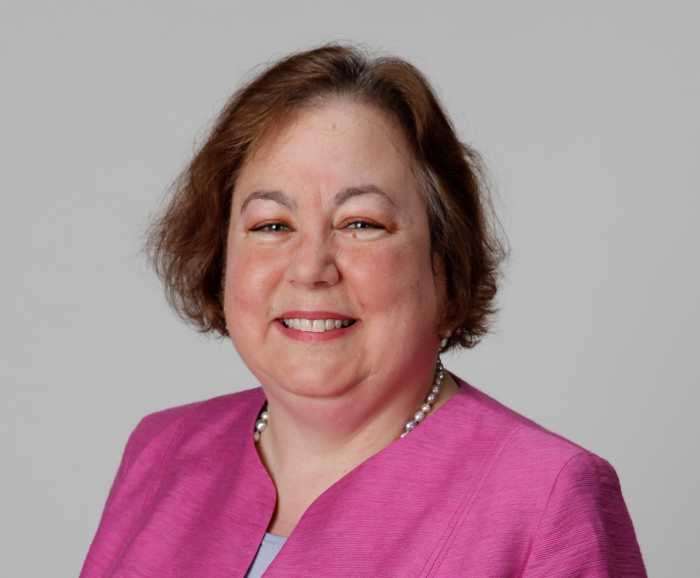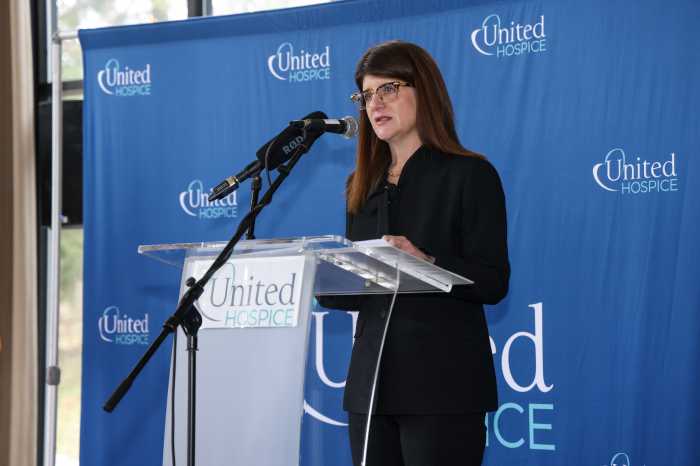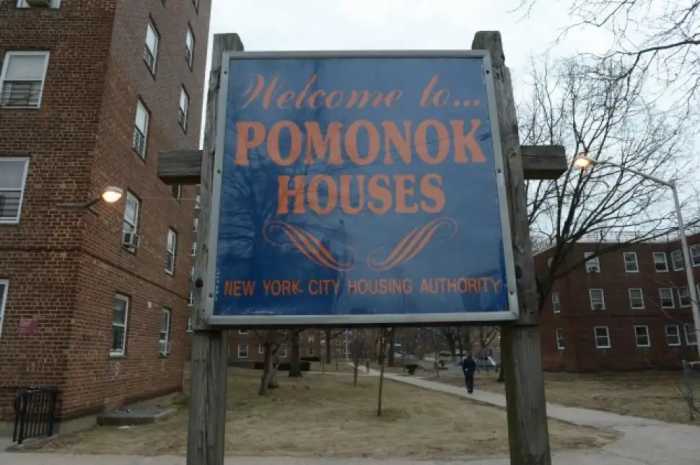Earlier this year, a U.S. Senate HELP Committee report confirmed that major hospital systems generate billions of dollars through the 340B drug discount program without passing savings directly to patients. Now, the nonpartisan Congressional Budget Office has released a new analysis showing that program spending grew from $6.6 billion in 2010 to a staggering $43.9 billion in 2021.
The program allows hospitals to buy outpatient drugs at steep discounts, bill patients and health plans — including union benefit plans and Medicare — at full price and keep the difference. Hospitals describe the revenue as critical support that doesn’t fall on taxpayers, but the CBO’s latest findings tell a different story: it incentivizes large health systems to buy up independent practices and reclassify them as hospital outpatient centers. That practice ultimately drives up costs for taxpayer-funded programs and private insurers alike.
Under the rules of 340B, a hospital that qualifies for discounts can dispense drugs itself or sign agreements with outside retail pharmacies — known as “contract pharmacies” — to dispense on its behalf. In theory, this should expand access by letting patients use familiar neighborhood drugstores. But in practice, hospitals and chain pharmacies often split the profits while patients still pay retail prices.
Audits and claims data show that savings from discounts rarely reach patients’ pockets. The U.S. Government Accountability Office found that most hospitals with contract pharmacies surveyed did not offer reduced 340B prices to low-income, uninsured patients. National claims data show only about 1% of eligible prescriptions filled through contract pharmacies are discounted at the point of sale. In practice, patients pay full price while hospitals and their pharmacy partners pocket the difference — the opposite of the program’s intent.
The role of contract pharmacies has grown dramatically since 2010, when federal regulators lifted limits and allowed hospitals to contract with an unlimited number of outside pharmacies. The number of participating contract pharmacies has since surged into the tens of thousands, with 71% of pharmacies in the top four chains participating in the program.
The design of the program contributes to today’s problems. An eligible hospital can open its own outpatient pharmacy and expand through unlimited contract pharmacies. Because the discounts create such wide profit margins, they can influence where care is delivered. In New York, about two-thirds of 340B pharmacies are located in higher-income neighborhoods, not in the low-income communities the program was designed to serve. The program has also fueled hospital-physician consolidation, shifting care into higher-priced hospital outpatient settings and raising costs for everyone.
Albany is now considering two very different approaches. One proposal has the potential to expand the program with no accountability measures. It sets no requirement that contract pharmacies be located in low-income areas or that savings be passed on to patients. If enacted, it would make an already flawed system worse by giving large hospital systems more leeway to expand pharmacy networks into affluent areas while patients see no benefit.
A more constructive approach can be found in legislation sponsored by Senator Siela Bynoe (D-Garden City) and Assembly Member Amanda Septimo (D-South Bronx). This bill would create a more transparent system by requiring hospitals to report their 340B revenues to the Department of Health. Those disclosures would not only allow the state and the public to hold hospitals accountable, but also make clear which hospitals generate millions in 340B revenue and whether that translates to savings for uninsured patients.
The choice for lawmakers is straightforward. They can either protect a broken and greedy system that drives up costs, or demand transparency to ensure 340B delivers savings to the patients it is meant to serve. The 340B program was created to make medications and treatments more affordable for patients in need. Instead, it functions as a massive revenue stream free of oversight for large hospital systems, rewarding mergers and market consolidation at the expense of patients and taxpayers.
The program’s success should mean lower costs for patients — not bloated budgets for big hospital systems.
Christopher Sheeron is founder and president of Action for Health, a national nonprofit organization working to ensure fair outcomes for critical healthcare issues. He also serves as president of the State Care Network.










